POLYMER MATERIAL
Introduction
Polymer material is much freely in creating new types or change property since its basic unit is selectable not like natural chemicals. Its rough structure please see below: A,B is one unit from monomer like styrene, acrylic acid or other raw materials, it also can be only one unit(we call it homopolymer) or more than two units. The connecting way of A and B could be alternate(m,n=1) or irregular, or one part of the polymer chain is A the other parts is B. The chain could be one long chain or branched, or even very short one called prepolymer(oligomer) which can form 3D net structure in final polymerization.
Different units as well as its position and quantity in each polymer will show unique character: styrene(St) will make polymer hard and raise its glass point, oppositely butyl acetate(BA) will make polymer softer. By adding third monomer like acrylamide in emulsion polymerizing St and BA, we can enhance final polymer emulsion's film formation and the film strength. Due to such man-made freedom, polymer still performs importantly in places where biobased material still can't displace. Mature polymer products like synthetic rubber manufactures more than 15 million tons in 2019 exceeding nature rubber's yield. However in this page we only introduce our own created polymers which are water soluable and more individual, for those we sell with agent rights produced in very large quantity directly from petrochemical plants please see at rubber&resin page.
Acrylic Polymer
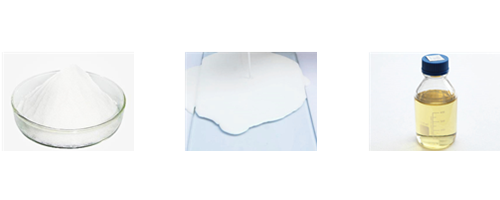
Acrylic polymer is one of the biggest types of polymer, any polymer uses acrylic acid or its derivants like acrylate could be called in this name. Pure polyacrylic acid is made by solution polymerization and mainly used as scale inhibitor in water treatment. The final product can be also in solid form after drying. Since it's not recommended by WHO, now we mostly manufacture Na/K/NH4 polyacrylate instead that neutralizing acrylic acid before or during polymerization. Besides water treatment, they can also applied in cosmetics(as theological additive), food additive(as thickener), papermaking(as dispersant), etc.
By adding different crosslinking agents, we make jelly-like final products(after drying also will be small solid particles) called Carbomer suitable for cosmetics and pharmaceuticals or the other type name super adsorbent polymer(SAP) which has a broad prospect in personal higienism and agriculture; by modifying with other material like bentonite, starch and cloth fiber, we develope composite SAP and SAF(super adsorbent fiber) material which is cheaper and more degradeable.
By copolymerizing with other monomers through emulsion polymerization, we make acrylic emulsions used as coating component in construction and papermaking. We have developed many types like pure acrylic emulsion, styrene-acrylic emulsion, silicon-acrylic emulsion suitable for different detailed products such as waterborne latex paint, stone-like coating, finishes, waterproof paint, glassfiber coater, art paper, label paper, etc. Furthermore, using modified starch as emulsifier we also develope composite starch based acrylic emulsion which is cheaper and greener.
Some special polyacrylates which remain active groups can make adhesive and UV resin. They are actually prepolymers and will act after contacting air(steam), sunshine(ultraviolet ray) or heat. We provide epoxy acrylate, polyurethane acrylate, polyester acrylate, phosphoric acrylate, silicone acrylate, fluorine acrylate as well as special monomers. Perfluoroethyl acrylate(C6) is also one of our frontier product which can widely used as waterproofer and oilproofer in textile showing amazing antifouling property.
Polyacrylamide
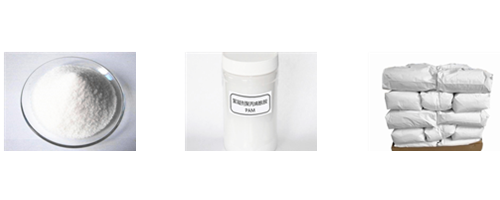
When the usage of acrylamide as monomer exceeds 50%, we often call the final polymer polyacrylamide(PAM). It could be homopolymerized by acrylamide itself, or certainly with acylic acid and other monomers. It's mainly used in watertreatment as flocculant, in papermaking as dipersant, and in oil drilling as lubricant, oil profile and water shutoff agent. It can be also both in solid and emulsion(solution) form according to needs.
It can be mainly divided into four types according to ionicity. Anionic one is suitable in oil drilling and industrial waste water, while cationic one is more suitable for municipal and farm's organic waste water. Nonionic one is often used in sugar discolorant and paper fiber's retention and drainage. Zwitterionic one is fit for complex condition such as deep drilling.
Polyvinyl Acetate and Polyvinyl Alcohol
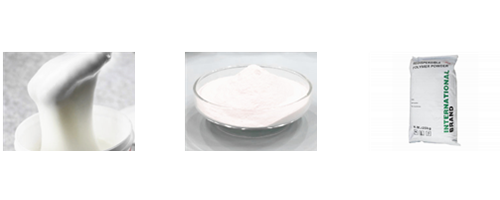
Vinyl acetate is often cheaper than acrylate, so we can use this monomer to replace the later in some emulsion products. Obviously they can't be called acrylic polymer anymore, but polyvinyl acetate(PVAc). It's applied in those unstrict places like paper and wood adhesive(commonly name as white glue).
For solid form we usually produce polyvinyl alcohol(PVA) which made by hydrolyzing vinyl acetate then drying. It has well recovery capacity to emulsion so get the name of "redisperse emulsion powder(RDP)". Due to its easy storage and transportation, it is also an important additive in coating and paints. Additionally, we can also make other polymer like polyvinyl acetate-ethylene as inner, but coating polyvinyl alcohol outside which named "VAE latex" so as to achieve both better performance and good dispersity.
Polyquat
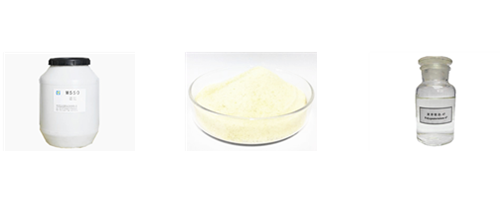
Polyquat is not one kind of polymer but the series name we call those cationic polymers, however they are often used same cationic monomer like acryloxyethyl trimethyl ammonium chloride(DAC) and diallyl dimethyl ammonium chloride(DADMAC)(in fact cationic PAM also uses them). Since many daily-use products and disinfectant are designed to have positive charges, Polyquat is compatible in such system.
Polyquat-4 is DADMAC modified hydroxyethyl cellulose(it should be defined as biobased material exactly); Polyquat-6 is poly DADMAC; Polyquat-7 is one type of CPAM which is DADMAC polymerized with AM(also called M-550); Polyquat-10 is also one type of cationic HEC; Polyquat-11 is DMAEMADS-VP polymer; Polyquat-22 is one type of cationic acrylic polymer that polymerizing DADAAC with acrylic acid; Polyquat-28 is MAPTAC-VP polymer; Polyquat-39 is DADMAC-AM-AA copolymer while Polyquat-47 is MAPTAC-AA-MA copolymer.
Polydimethylsiloxane
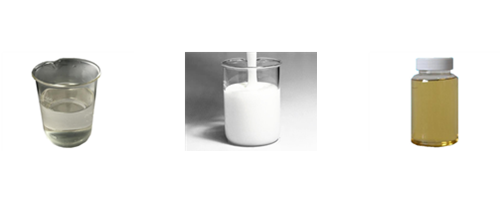
Polydimethylsiloxane(often called sillicone oil) is polymerized from dimethylcyclosiloxane(DMC). Since its chain bone is -Si-O- instead of -C-(and either side is methyl group not hydrogen), it has many unique advantages such as low surface tension make it espeicially suitable for levelling agent, defoamer, daily use products and clothes. However pure sillicone oil is insoluble in water and hard to emulsify which restricts its usage, so we usually modify it or use specialized emulsifier. Sometimes we also adding groups for other higher requirements.
Hydroxyl modified silicone oil has better water solubility and it's intermediate for other modified types. Amino modified silicone oil is very easy to be emulsified often used as clothes finish agent; polyether modified one is soluble in water also can enhance clothes hygroscopicity, interestingly it is also an ingredient for common silicone oil emulsifier and stabilizer for PU foaming. alkyl(usually long chain) and aryl modified silicone oil can endure higher temperature and applied as mold releaser for metal casting. There's also silicone surfactant which hydrogen displaced by modified alkyl can directly used in textile and cosmetics(we introduced in surface material page as well.>>Surface Material)
Other Polymer and Modified Kind

Polyvinyl pyrrolidone(PVP) is a frontier polymer which can both solve in water and organic solvents. This property leads it very suitable for emulsion products like mousse performing as thickener and stabilizer. Polyethylene glycol(PEG) is another material has similar character and safer used in cosmetics, creams, food and even pharmaceuticals. Sometimes it can be also seen as one kind of nonionic surfactant.
Prepolymer is a big family and besides acrylic adhesives mentioned above, another prepolyer we mainly produce is prepolymerized polyols. It can be included into polyether polyol and polyester polyol, the former is made by epoxide's ring opening polymerizing with simple polyol or polyamine and the later is made from dicarboxylic acid condensation polymerizing with simple polyol or epoxide or other chemical has multiple hydroxyl groups. Both kinds of polyol are main components for final polymerizing polyurethane(PU) while polyether polyol itself can be often used as surfactants or viscosity reducer for thermoset resin as well.
Though polymer can be easily designed by choosing different monomer, hydrolyzing is still a simple and effective way to change their property and broaden its application. It's espeically suitable for waste polymer. Besides the PVA we've said, hydrolyzed polyacrylonitrile(HPAN) is another useful modified polymer. Interestingly its main content is PAM, however since it usually utilizes abandoned PAN(in fiber form used for synthetic cloth) as raw material, its price is lower than PAM and can substitute in oil drilling sites.
